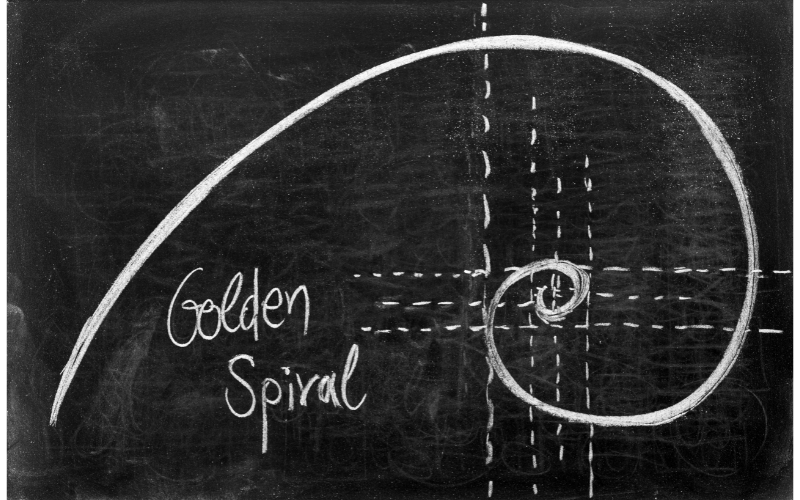Before SEO, before branding agencies were everywhere, and before digital disruption upended the business world, there was Positioning: The Battle for Your Mind. Written by Al Ries and Jack Trout in 1981, this little marketing book became a juggernaut. It taught companies—and people—how to occupy space in the crowded, chaotic mind of the consumer.
More than 40 years later, I pulled this gem off my shelf, curious whether its insights still hold up in an era of algorithms, influencers, and AI. The answer? Mostly yes—with a few caveats.
What “Positioning” Got Right (and Still Gets Right)
The Power of Simplicity
Ries and Trout preached what modern marketers often forget: clarity wins. Their central message was that consumers are bombarded by messages, so your offering must cut through with razor-sharp precision. “Own a word in the prospect’s mind,” they urged. Volvo = safety. FedEx = overnight. Today, that’s still the holy grail of branding.
It’s Not What You Do—It’s What They Think
The authors made a radical point that still makes marketers uncomfortable: perception is reality. Positioning isn’t about your product’s features—it’s about how your audience perceives them. You’re not competing for market share; you’re competing for mental real estate.
First Movers Have the Edge
They coined the “law of leadership”—it’s better to be first than better. Being the first in a category gives you a huge advantage. Think Google, Uber, Kleenex. Even now, many startups spend millions trying to position themselves as the “first” of something new.
Where the Book Shows Its Age
Too Product-Centric for Today’s World
Positioning focuses on product and company branding in traditional advertising channels. It doesn’t account for the fluid, two-way nature of today’s digital marketing world, where consumers talk back, build brands through reviews, and rally around shared values.
Little Attention to Storytelling
Modern branding emphasizes narrative—stories that evoke emotion, identity, and trust. Ries and Trout mention emotion only in passing. But in today’s marketplace, a compelling story can do what a tagline never will.
Limited Diversity of Perspective
The examples skew corporate, white, and male, reflecting the era in which they were written. Today’s brand leaders are expected to consider broader cultural, social, and global perspectives. Positioning rarely looks beyond Madison Avenue.
Still Worth Reading?
Absolutely. Positioning is foundational. Many of today’s most popular brand-building frameworks are evolutions of these principles. For writers, entrepreneurs, nonprofit leaders, and consultants, its focus on clarity and mental differentiation remains instructive.
It’s a book about thinking strategically—about knowing your audience, knowing the noise, and choosing your message with intention. Even if the channels have changed, the battle for the mind is still very much alive.
Final Thought
In a noisy world, what do you stand for? What one word—or feeling—do you want your audience to associate with you?
Whether you’re building a brand, writing a book, or running a campaign, Positioning reminds us that success isn’t about being everything to everyone. It’s about being unforgettable to someone.

































































